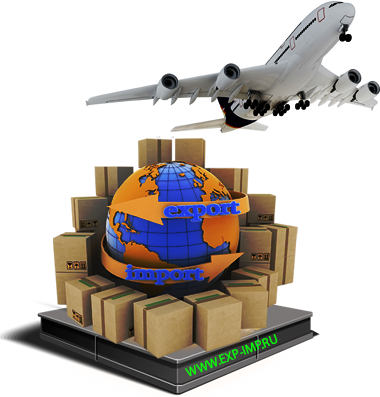Hazardous cargoes include substances that can harm human health and life, the environment. These are flammable and explosive, toxic substances, for which special requirements are imposed on the storage and transportation of which. International carriage of dangerous goods is carried out in accordance with the rules established by special conventions and intergovernmental agreements.
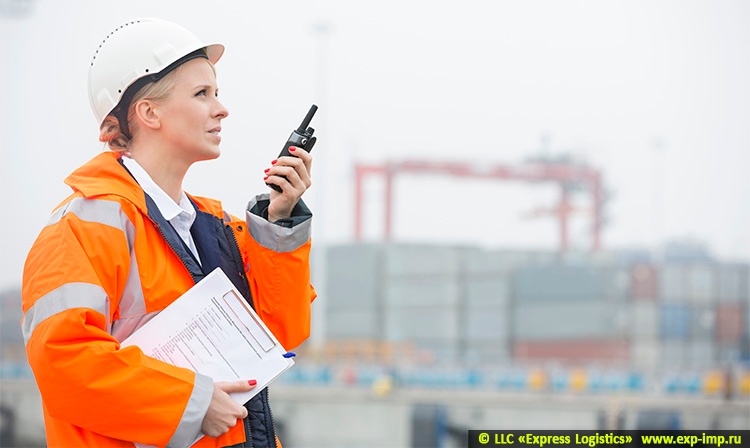
Classification of dangerous goods
Hazardous substances include substances that:
- can harm the health and lives of people and animals;
- pollute the environment;
- as a result of fire, leakage or explosion can lead to ecological disaster of different scale.
The classification of such substances is contained in the European Agreement on the Transport of Dangerous Goods (European Agreement on Transport of Dangerous Goods on Road). It has more than 3,000 types of cargo divided into 9 classes. The list includes: acids and alkalis, various types of fuel, chemical fertilizers and toxic chemicals, paints and varnishes, some types of batteries, etc. The ADR contains not only the classification, but also the requirements for the packing of the cargo, the mode of transport for the carriage and the conditions of transportation of dangerous goods.
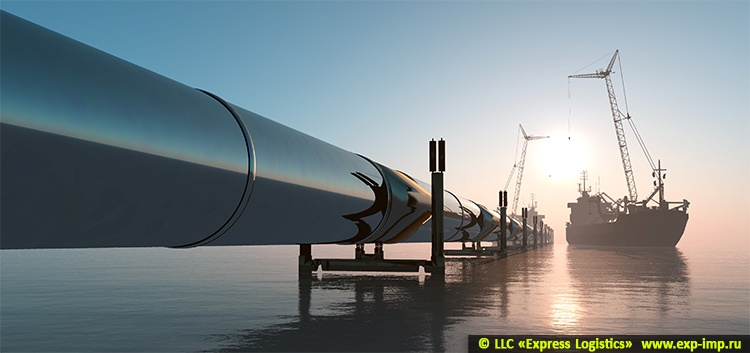
According to the ADR, all dangerous goods and substances are divided into 9 classes. In total there are more than 3,000 species. These are alkalis, acids, chemical fertilizers, toxic chemicals, some types of paints, varnishes, certain types of batteries and much more. In addition to the classification, the conditions for packaging and transport of dangerous goods are specified in the ADR.
Features of the transport of dangerous goods
The main share in the segment of international transport of dangerous goods is accounted for by land modes of transport - road and rail. In countries located on other continents, the delivery of goods is most often carried out by the multimodal method of transportation - by combining sea freight with land.
The most important moment in the organization of the transport of dangerous goods is that the transport organization has special permits. Drivers of vehicles transporting dangerous goods undergo special training and receive a certificate - ADR. Failure to comply with the requirements for the transport of dangerous goods entails heavy fines.
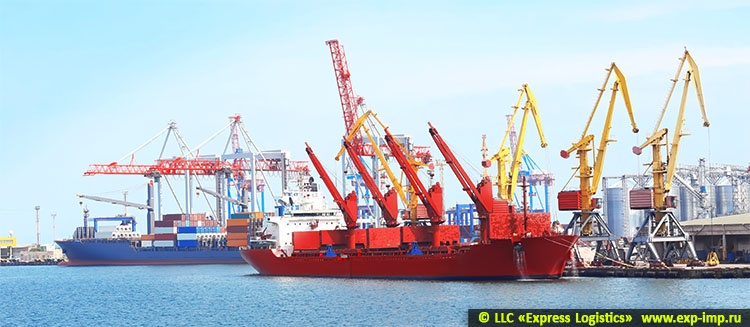
For transportation only specialized transport is involved. The main requirement is that it must be equipped in accordance with international transport regulations. The hazard class is indicated in the labeling of the cargo. All operations related to loading and unloading, transportation are carried out only by trained specialists. In the case of international carriage of dangerous goods, it is necessary to obtain a permit from the countries through which they will move.
In order to ensure the safety of transportation logistics company "Express Logistics" organizes:
- careful selection of a vehicle that ensures complete safety for people and the environment during transportation;
- preparation of permits and accompanying documentation for the goods;
- preparation and execution of customs documents;
- developing a plan for loading hazardous substances and items and ensuring safety during loading and unloading operations.
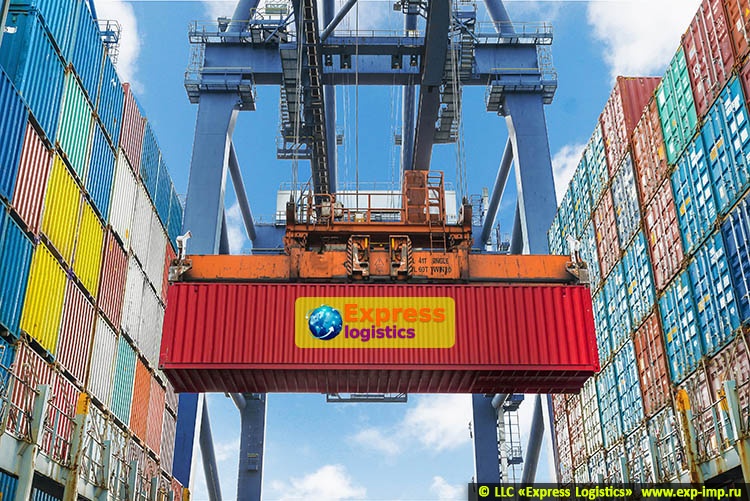
Experienced specialists of the logistics company for each client develop the best route for transportation in order to reduce transportation costs and ensure safety during the journey. The customer can track the location of the goods and monitor each stage of transportation.







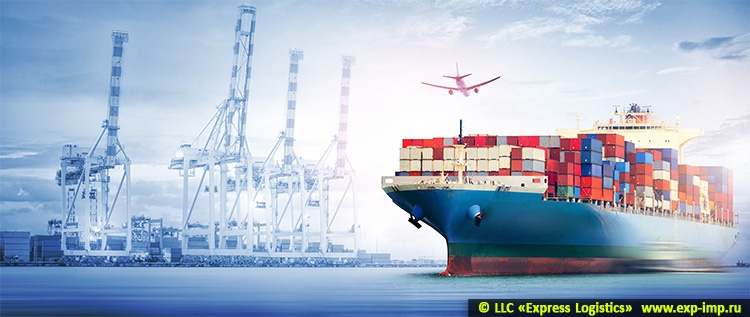
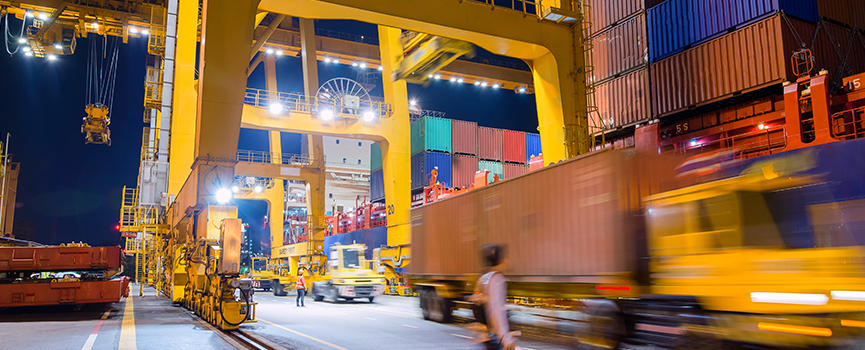
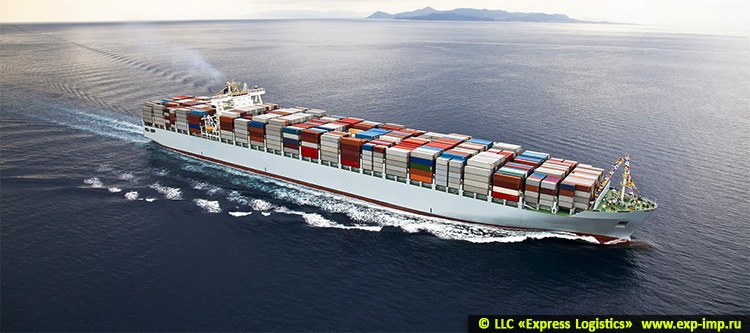


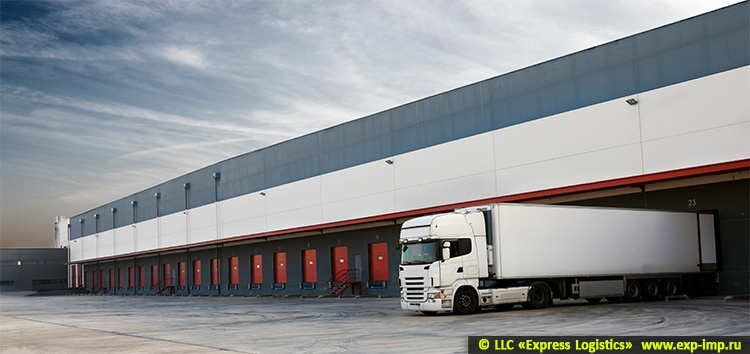


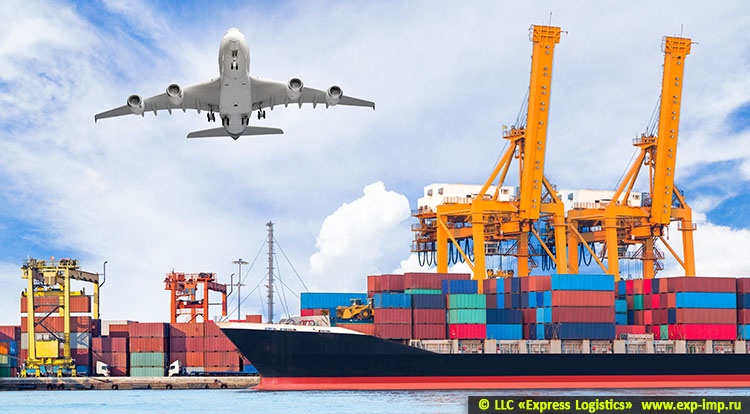
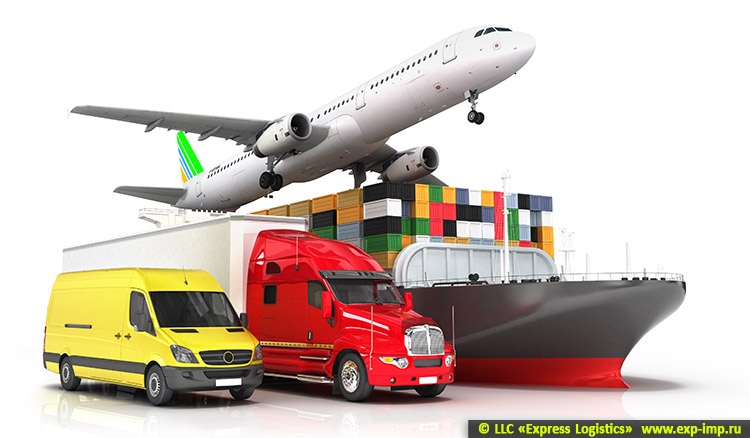
 TC “Express Logistics” has been offering transportation services from China and Hong Kong to machine tools, equipment, components and spare parts since 2002. During this time we have developed a universal concept for the transportation of various goods within the
TC “Express Logistics” has been offering transportation services from China and Hong Kong to machine tools, equipment, components and spare parts since 2002. During this time we have developed a universal concept for the transportation of various goods within the Delivery of goods from the United States is a service that is consistently popular. The country's share in total imports to Russia is about 5.5%. According to this indicator, the US is second only to China and Germany. Cargo from
Delivery of goods from the United States is a service that is consistently popular. The country's share in total imports to Russia is about 5.5%. According to this indicator, the US is second only to China and Germany. Cargo from Long-standing trade and economic ties with Finland are growing more and more each year. Trade is growing, which affects the volume of freight traffic between neighboring countries. As experts estimate, 70% of the total volume of all transport operations in
Long-standing trade and economic ties with Finland are growing more and more each year. Trade is growing, which affects the volume of freight traffic between neighboring countries. As experts estimate, 70% of the total volume of all transport operations in In the segment of international transportation, transportation of goods by road is one of the leading positions. Today, it is the most demanded service occupying the main share of the market of cargo transportation worldwide. Russia is connected with Europe
In the segment of international transportation, transportation of goods by road is one of the leading positions. Today, it is the most demanded service occupying the main share of the market of cargo transportation worldwide. Russia is connected with Europe In the international rules of the road stated that the small cargoes are objects of transport, weight and size, the size of more of permissible dimensions specified in the regulations. Or objects that need to be transported operation of specialized
In the international rules of the road stated that the small cargoes are objects of transport, weight and size, the size of more of permissible dimensions specified in the regulations. Or objects that need to be transported operation of specialized Everyone who needs the services of a transport and logistics company for the transportation of General cargo knows that trust their expensive goods and equipment need only qualified and experienced professionals, usually with a full package of services. The Express
Everyone who needs the services of a transport and logistics company for the transportation of General cargo knows that trust their expensive goods and equipment need only qualified and experienced professionals, usually with a full package of services. The Express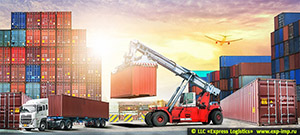 International cargo transportation: Japan For the Russian Federation, Japan is an important trading partner, whose export share in some regions reaches 30% of the total number of goods imported from abroad. This is due to the high quality of Japanese
International cargo transportation: Japan For the Russian Federation, Japan is an important trading partner, whose export share in some regions reaches 30% of the total number of goods imported from abroad. This is due to the high quality of Japanese Our company applies professional methods and tools in the delivery of groupage cargo to / from China, Japan, Hong Kong, Europe, America, Australia, Africa, Russia and other countries. Our task is to control all the way from point A to point
Our company applies professional methods and tools in the delivery of groupage cargo to / from China, Japan, Hong Kong, Europe, America, Australia, Africa, Russia and other countries. Our task is to control all the way from point A to point Tariffs for delivery from our consolidation warehouse in Vilnius (Lithuania) to our warehouse in Moscow:
Tariffs for delivery from our consolidation warehouse in Vilnius (Lithuania) to our warehouse in Moscow:  How to choose a reliable business partner in international logistics? For most modern companies, regardless of the type of their main activity, international shipping is in great demand. In order to minimize risks and have a chance of long-term fruitful
How to choose a reliable business partner in international logistics? For most modern companies, regardless of the type of their main activity, international shipping is in great demand. In order to minimize risks and have a chance of long-term fruitful